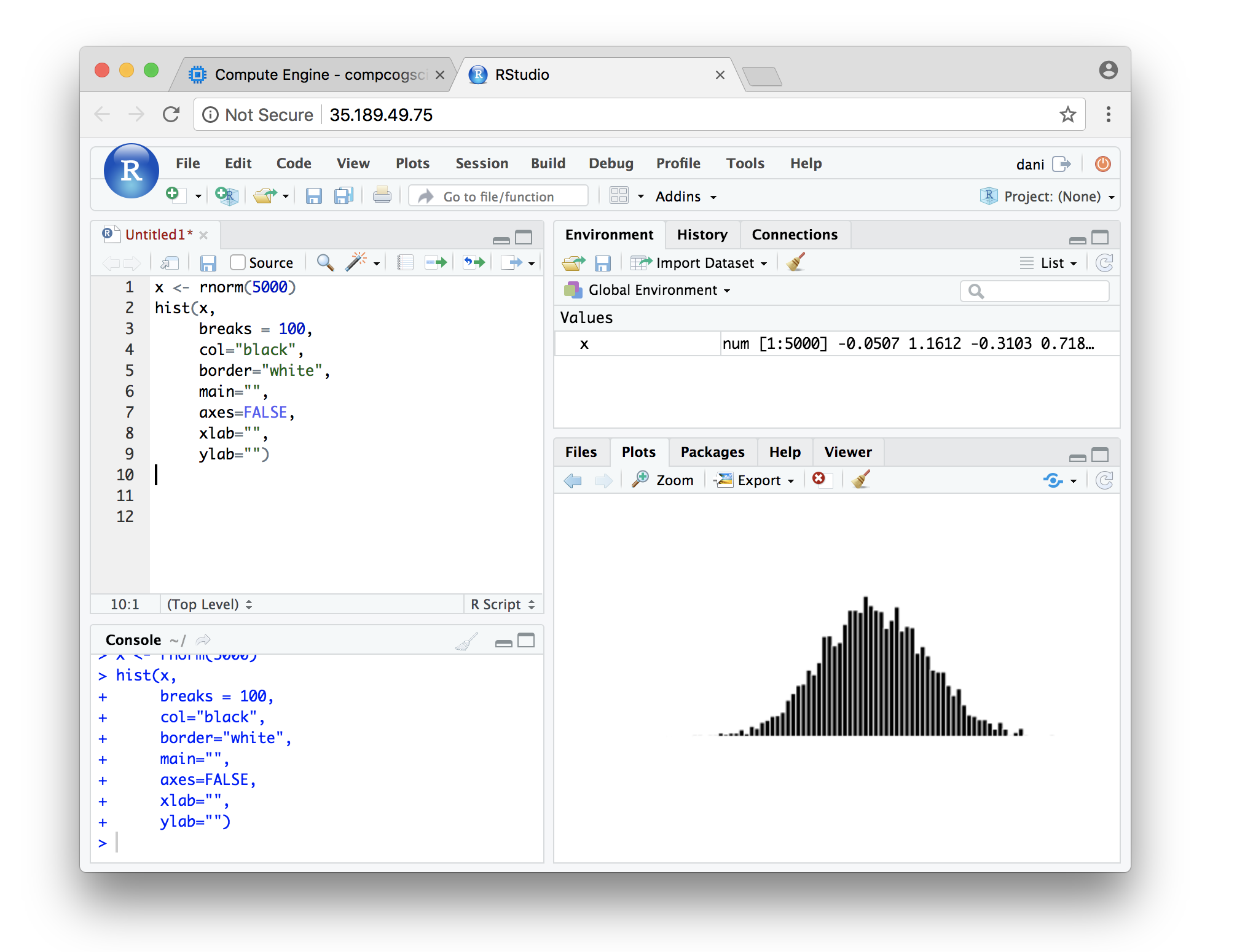The garden of life never seems to confine itself to the plots philosophers have laid out for its convenience. Maybe a few more tractors would do the trick.
– Roger Zelazny, Home is the Hangman, 1975
It’s a big world out there, and there are a lot of people doing really interesting thing with R (and other tools too of course). You can get a sense of what the possibilities are by looking online (e.g., awesome-r.com has a list of very neat packages). This chapter briefly discusses a few possibilities, most of which I chose on a whim!
0.1 Animated plots
- You need ffmpeg installed first (this can be tedious)
- The
animatepackage does the work in R: an animation is just a sequence of plots that can be written to a variety of different animation formats - Example:
0.2 OpenGL and WebGL
The rgl package provides a method for constructing interactive 3D plots, using the OpenGL graphics engine. Conveniently it also allows you make use of the WebGL engine, which means that you can insert your fancy 3D graphics into a web page. On a Mac, you’ll need to make sure you have XQuartz installed and running on your machine. Here’s a simple example, shamelessly lifted straight from the rgl documentation…
library(rgl)
with(iris, plot3d(Sepal.Length, Sepal.Width, Petal.Length,
type="s", col=as.numeric(Species)))
rglwidget(elementId = "plot3drgl")If you click and drag on the image you can rotate it as much as you like. Better yet, because OpenGL and WebGL are genuine 3D graphics engines, you can manipulate the scene and control things like lighting, material and so on. I confess this isn’t an area I know at all well, but I suspect it would be handy for some research projects.
Another example, slightly adapted from the package documentation:
data(volcano, envir = parent.frame()) # load the volcano data set
zval <- 5 * volcano # increase the height
xval <- 15 * (1:nrow(zval)) # spacing (S to N)
yval <- 15 * (1:ncol(zval)) # spacing (E to W)
zlim <- range(yval)
zlen <- zlim[2] - zlim[1] + 1
colorlut <- terrain.colors(zlen) # height color lookup table
col <- colorlut[ zval - zlim[1] + 1 ] # assign colors to heights for each point
# create a new rgl device, but don't display it
open3d(useNULL = TRUE)## null
## 3# draw the surface
surface3d(
x = xval,
y = yval,
z = zval,
color = col,
ambient = "grey10",
shininess = 75,
back = "lines"
)
# write scene to widget
s <- scene3d()
rglwidget(s)0.3 Running R in the cloud
- Service like Google cloud platform allow you to spin up vitual machines that you can access over the web, and they can run things like RStudio server.
- You can use the
googleComputeEngineRpackage to set something like that up - Example:
